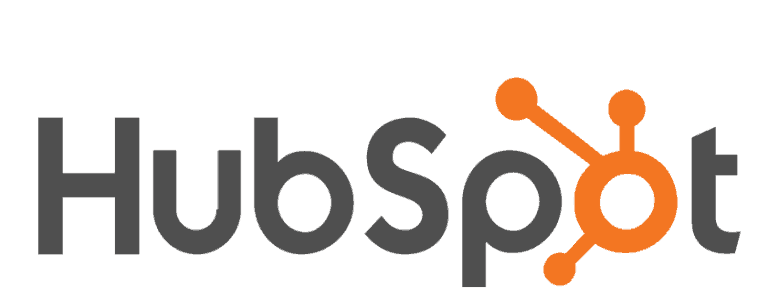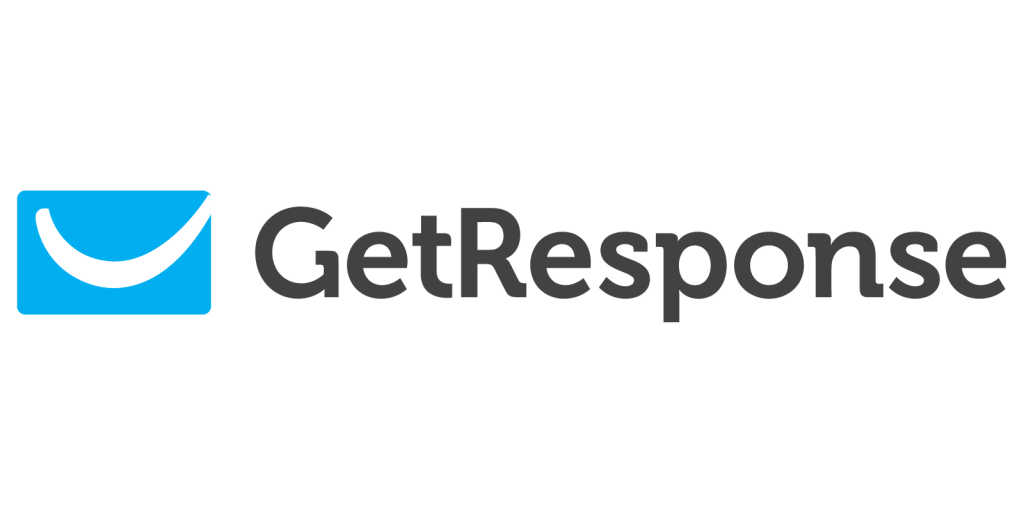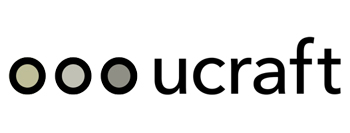
The Top 10 Best Landing Page Builder Software Tools
What is landing page builder software?
You can have a beautiful website with perfect functionality.
But that doesn’t necessarily mean your site is optimized for converting customers.
If you’re running performance marketing campaigns (namely Facebook Ads or Google Ads), you need a simple page with just a few elements — one that’s optimized so that a user takes action — clicks, signs up, downloads a PDF, or something else entirely.
Who should use landing page software?
Not everyone needs landing page software. When you’re trying to build a business, the last thing you need is to spend money frivolously.
But there are some really important use cases:
- Entrepreneurs and marketers running performance marketing campaigns like Facebook Ads and Google Ads must have landing page software. It’s the only way you’ll be able to run experiments rapidly and reduce your cost of acquisition to a profitable number. Ecommerce companies generally spend a ton on paid ads, so they’re a prime customer of landing page software.
- Entrepreneurs selling high ticket items over $1,000. If you’re selling something expensive (consulting services, for instance) that requires a lot of proof points, testimonials and feature explanation, you must use landing page software. Why? Your real website homepage can’t be pages long — it’s not a good user experience. But traditionally, the sales page for high ticket items needs to be really robust. The easiest way to do this is with landing page software. Plus, you can A/B test to maximize for performance on that page, using landing pages.
- Marketers, product managers and entrepreneurs who want to A/B test like crazy. Enterprise A/B testing tools like Optimizely are crazy expensive. If you need to test calls-to-action, value propositions or even new features, landing page software is by far the easiest (and cheapest) way to do it.
- Growth marketers testing hypotheses. Growth marketing moves fast. If you’re a growth marketer or entrepreneur who wants to test a hypothesis — like a new product offering or feature set — you can use landing page builders to spin up a quick minimum viable product and use on-page lead capture to gauge customer interest.
Do you need a website to have a landing page?
You don’t actually need a website to use landing page software. Tools like ClickFunnels for instance, can be wholesale alternatives to making a website. As long as you have a domain name, you can plug in a landing page (or multiple pages) to create a full website — capable of lead capture, taking payments and even light email marketing.
Also read: What’s the Difference Between a Landing Page and a Website?
Do landing pages impact SEO?
Landing pages do not negatively affect your search engine optimization. However, it’s important to note that most landing pages are not structured appropriately for SEO. I like to think of them as “skins” rather than HTML pages that Google can index and understand. So if SEO is part of your strategy, you’ll need to use a blogging/website tool like WordPress and simply plug your landing pages into your website.
What are the best WordPress landing page software tools?
Since the vast majority of bloggers and even many technology companies run on WordPress, I’d be remiss not to mention the best options for WordPress landing page software.
Some of the tools on this list also have one click WordPress integrations. Instapage, Unbounce, HubSpot, and Leadpages all have highly rated WordPress connections. But there are also WordPress landing page plugins. The most trusted include WPForms, SeedProd and OptimizePress.
Tips for great landing pages
Simply implementing a landing page builder doesn’t necessarily mean you’ll capture more leads and increase your conversion rate. There are best practices that you should follow to get the most out of your landing page builder:
- Catchy headlines: Your landing page should lead with value-based copy and your headline should never be ambiguous or vague. It should capture your readers’ attention and give them a reason to keep scrolling. As I’m thinking about headline copy, I like to channel one of the best business books I’ve read, Play Bigger: your copy should make you a category leader. Even if your product isn’t a category leader, think of a way to position yourself as the #1 in some category. Maybe you’re not the #1 SEO tool, but perhaps you’re the #1 SEO tool for fashion bloggers. Figure out a way to “own” a category via your headline copy.
- Trust signals: Humans like social proof. We’re more apt to buy when we see logos and customer testimonials on a website. I’ve found that using press badges above the fold on my landing pages increases conversion rate 10% or more. Press badges lend credibility to your product and make users more likely to continue reading. Similarly, customer testimonials enable users to envision themselves using your product, which will increase conversion rates.
- Images: Think about how often you read every word on a webpage… not often. Visually appealing images work in keeping users on page and illustrating your product offering. Hint: human faces keep people on page — when in doubt, use a stock photo with people in it.
- A/B test: Particularly if you’re sending paid traffic to your landing page, you should A/B test. It’s the financially smart thing to do. And if you’re going to A/B test anything, make sure to first experiment with your headline. Since the headline is the first thing users see when they hit your page and only 20% of users will read past your headline copy, it’s the most impactful place to A/B test.
- Mobile: Mobile traffic accounts for 54.8% of total web traffic, so make sure your landing pages are pixel-perfect on mobile as well. The good news is that the best landing page builders have mobile and desktop views, so that you can see your page in both formats before publishing.










